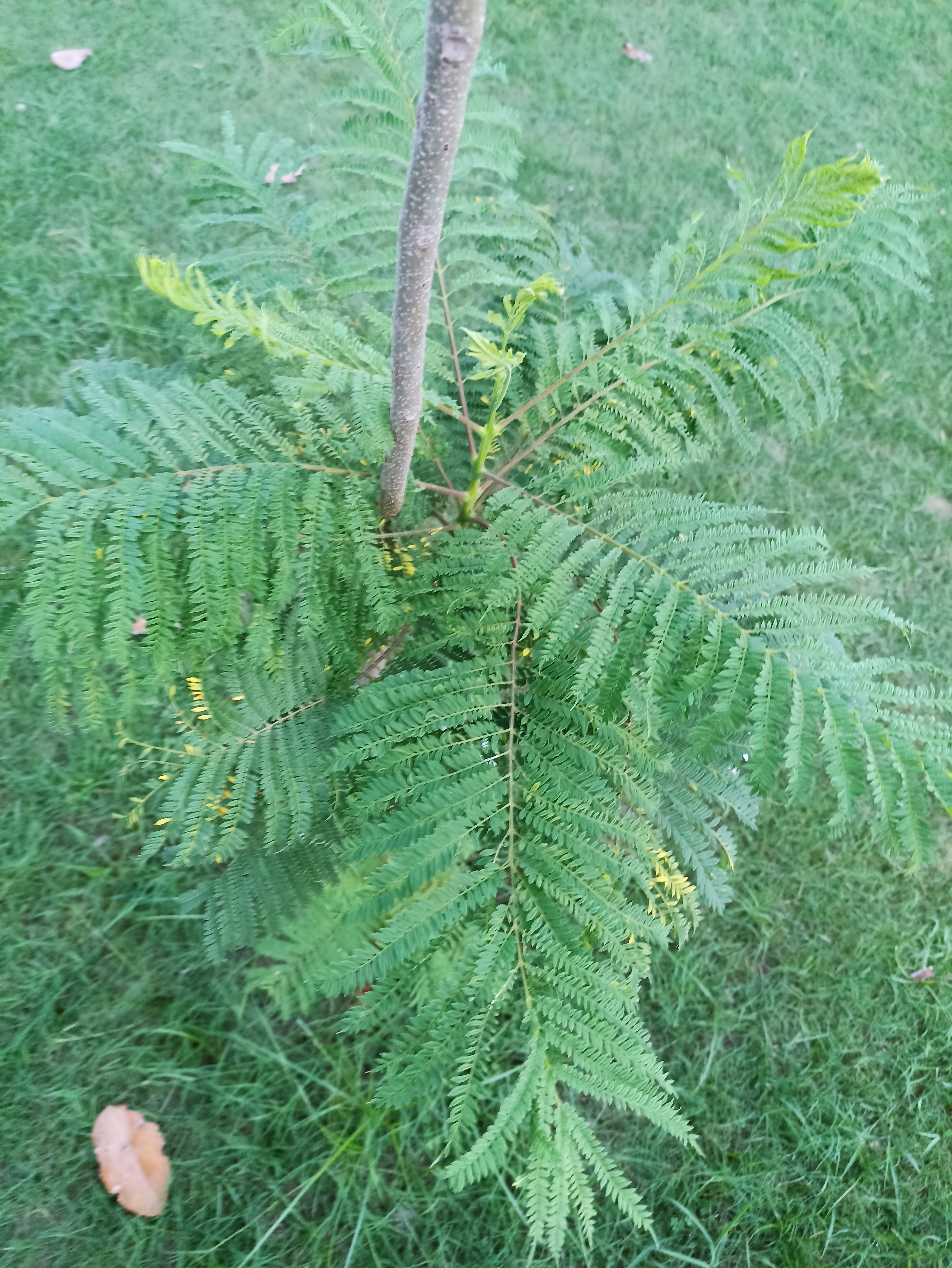Caesalpinia croraria
Species
Families
Local Names
Genus
Native/Introduced
DNA Barcode
Description
A large shrub or small tree, stem unarmed. Leaves bipinnate, pari or impari¬pinnate, up to 15 cm long. Leaflets numerous and short, 6-7 mm long. Inflorescence axillary and terminal dense panicles, up to 5 cm long. Petals spathaceous, yellow. Filaments hairy in the lower half. Pod up to 7.5 cm long, c. 1.2 cm broad, twisted.
Fl. Per.: Septem¬ber-October. Distribution: Native of West Indies and Central America, cultivated in gardens. An ornamental plant. Pods contain strong tanning material.
Caesalpinia coriaria, commonly called divi-divi, is a slow-growing, large evergreen shrub or small tree native to open, costal areas of Central America and the West Indies. It is also relatively common in cultivation, and has become locally naturalized in tropical Africa. Mature plants will reach around 30' tall with a spreading, umbrella-shaped canopy around 40' wide. In their native windy, coastal habitats, the main trunk and branches can twist and take on a contorted appearance with age. The bipinnately compound leaves are finely textured and can reach up to 6" long. The small, yellow-green flowers are held in dense, 2" long panicles and are not considered showy. The flowers are followed by twisted, 2-3" long pods that contain small, glossy brown seeds. Tannins used in leather-making can be extracted from the pods. The specific epithet coriaria means "leather", in reference to the use of the seed pods of this species in leather-making.
The common name divi-divi likely originated from the name given to this plant by the indigenous Cariban peoples of the West Indies.
Uses
Suitable for use as a small specimen tree in tropical gardens. Can be grown as a bonsai.









































































































































